Deep in the Lithuanian countryside: a mysterious pyramid, a hill of crosses, statues of Stalin, and an entire museum about the Devil himself.
We saw all four of these and more during a road trip through the Baltics – join us!
Statues of Stalin, anyone?
After the country earned its independence, Lithuania had a problem similar to other former Soviet countries: there were all these statues. Saving them in a museum was possible, as was destroying them, but Lithuania wanted a third option. In 1998, the Ministry of Culture held a competition, asking the public for proposals for what to do with 42 of the statues.
Enter Vilimas Malinauskas, a collective farm manager turned mushroom exporter, who proposed to preserve them on private land, and without needing any financial support from the state. His proposal was the winner, and after a couple years of preparing, the park opened on April 1st, 2001. Officially the Soviet Sculpture Garden, but also called Grūtas Park or Stalin World, houses over 80 sculptures scattered over a two-kilometer path.
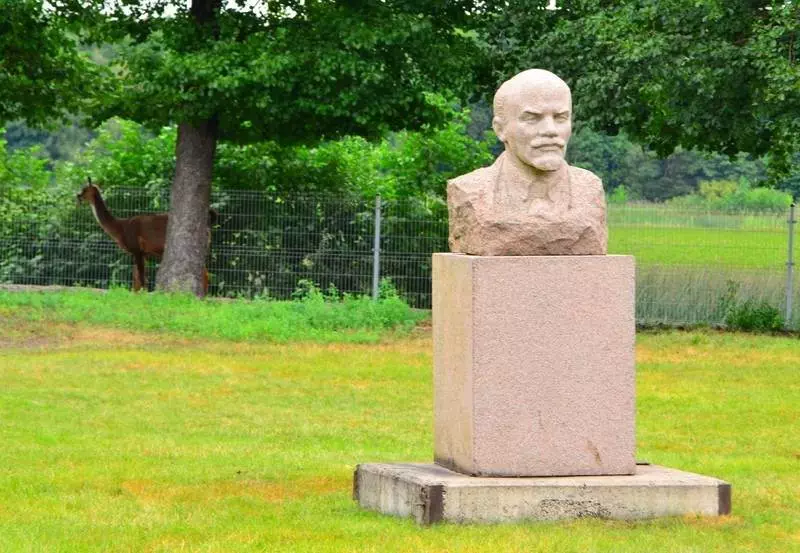
One early sign of the kitchiness of the place. Look closely: that’s one of a few llamas in a fenced-in area. No idea what they think of the statues, of course.
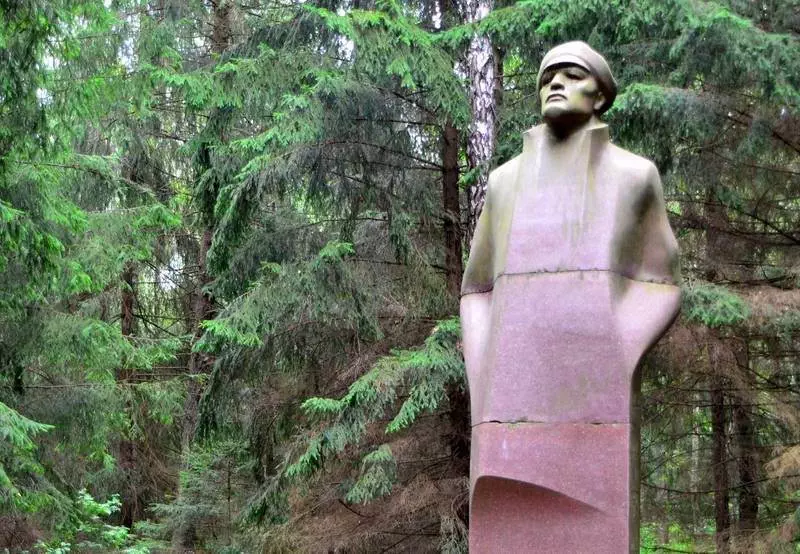
This statue of Lenin stood in Panevėžys for seven years, and is just one of quite a few of him around.
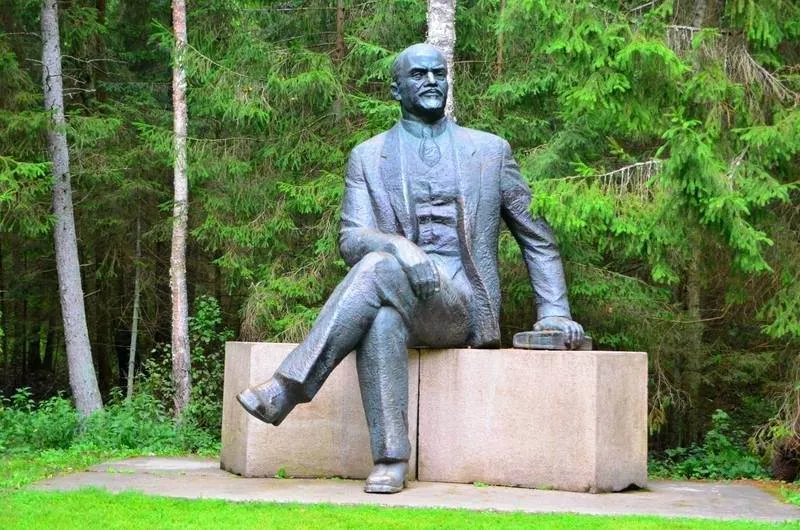
Lenin taking it easy – originally placed in Druskininkai for about 10 years. You’re probably sensing a theme here — these are all placed in their own little individual cove within the forest.
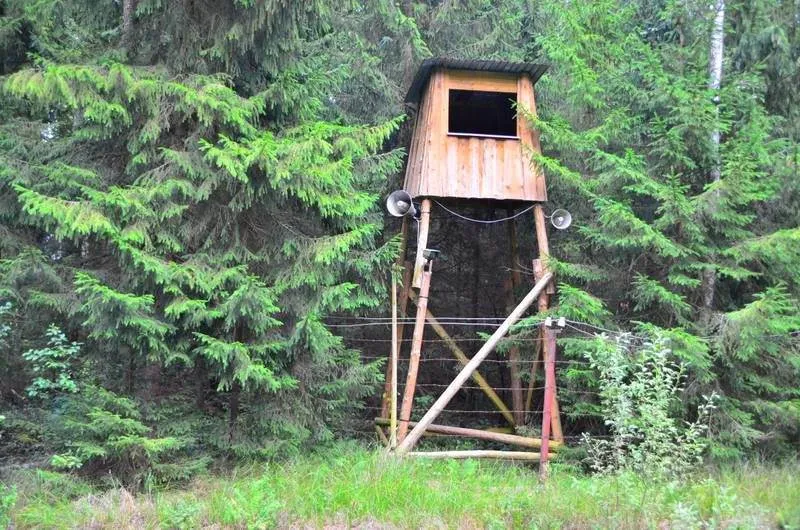
And then there are recreations of the guard towers and barbed wires that would have been a common sight. And it’s playing… techno?! If you’ve made it this far and hadn’t realized the nature of this place, it’s probably time to have your eyes and ears examined. There’s a lot more statues, presented in essentially the same way, with plenty of English language signage.
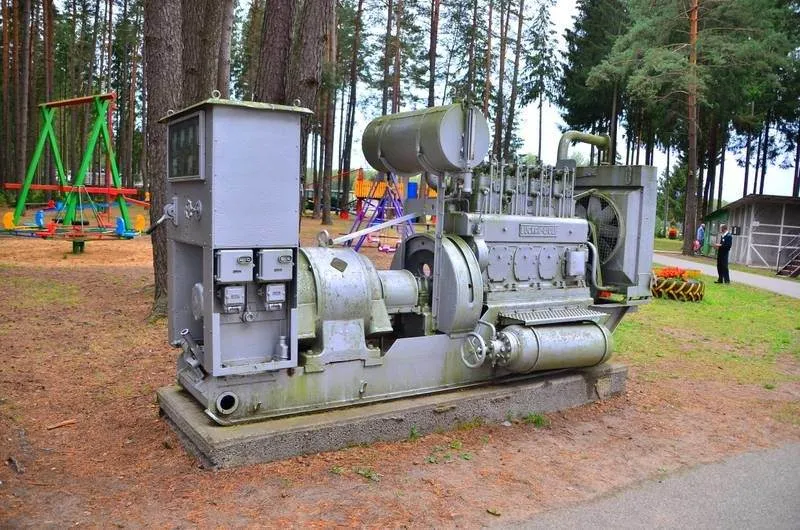
I didn’t see any signage explaining what this device did, but you might consider getting a photo op with the lever on the left.
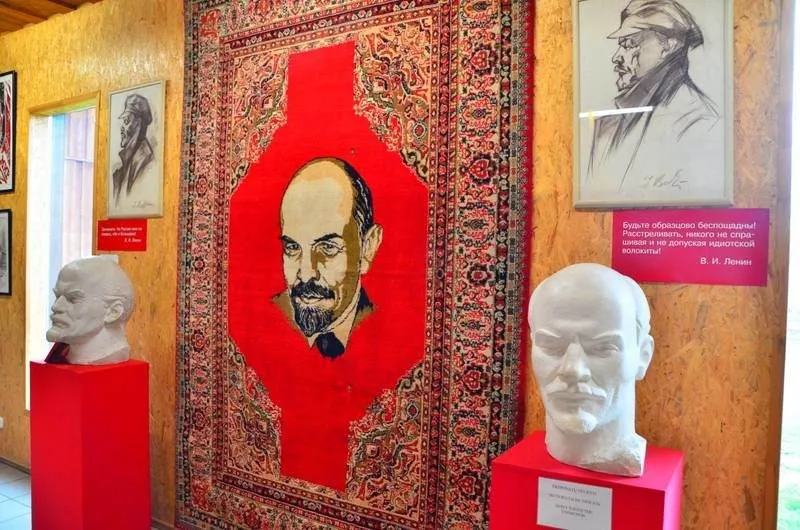
Inside one of the indoor museum holding more artifacts. Not sure who might have owned this particular rug, but apparently it’s a thing.
It’s kitschy AF, and for some that’s probably the reason to go. It’s also one of the largest collection of preserved Soviet-era sculptures that I know of, so that’s another reason to go. Check out the petting zoos and playground if you have kids, but skip them if you’re going for any sort of historical value.
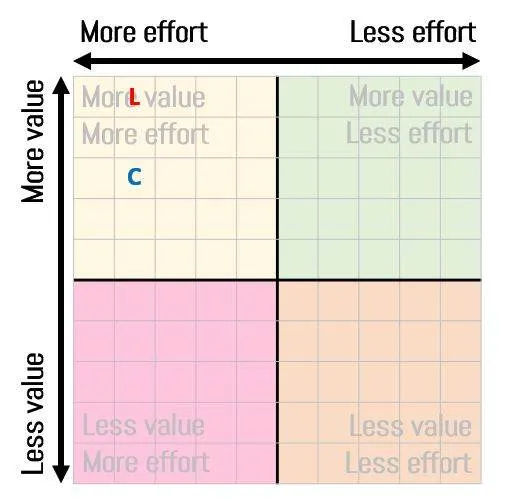
Name: Grutas Park (Grūto parkas) AKA Stalin World
Address: Grūto k., Druskininkų r. 66441, Lithuania (GPS: 54.022106, 24.079831)
Hours: opens at 9am year-round. Closes at 5pm in November and December, 6pm in January and February, 7pm in October, 8pm in March, April, and September, 9pm in May, and 10pm in June, July, and August.
Admission: 7.50 €
Phone: +370 313 55511
Website: grutoparkas.lt
A hill of crosses
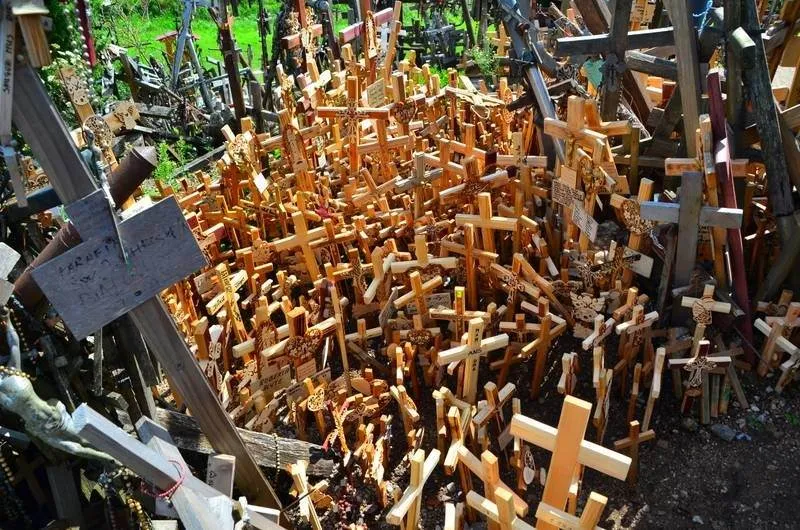
Supposedly, some 100,000 crosses exist on this hill, though ‘hill’ is a very generous term. It’s more accurate to say a natural rise in an otherwise flat part of the country. In any case, it’s best considered a pilgrimage site where the ‘pilgrims’ come in by the bus load.
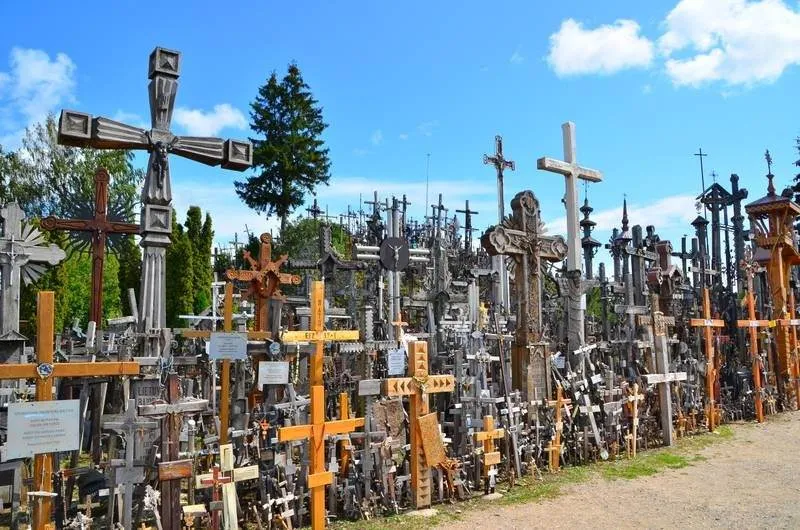
First mentioned in writings from the mid-19th century, the first crosses were planted here at a time when the Tsarist government didn’t allow the faithful to honor their dead. During the 20th century, the Soviets destroyed or took down the crosses under various pretexts, yet the crosses always seemed to reappear overnight. After gaining their independence, the crosses stayed up permanently, and the site became known around the world when Pope John Paul II blessed the site in 1993.
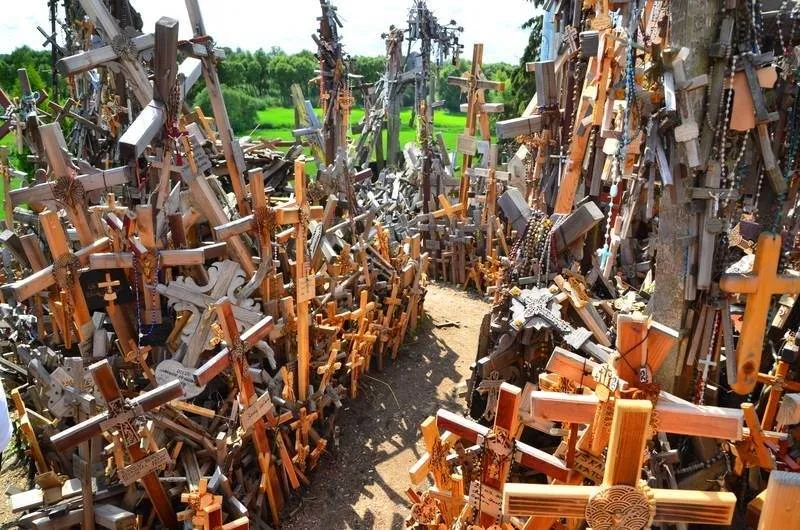
There’s a narrow path and staircase through the many crosses, many of which carry personal messages in plenty of languages. Walk through it to eventually reach a newer church for some quiet reflection if you like.
It’s a wide open field, one where the sacredness of the site is easily seen on this side of the road… The commercial side, where the parking requires payment and the shops sell crosses, is across the road conveniently shielded from view by some trees. It’s rather unclear who among the tourists is a believer and who’s simply going along for the tour, but it is still a unique sight.
Name: A hill of crosses (Kryžių Kalnas)
Address: Along road 4033 Jurgaičiai 81439, Lithuania (GPS: 56.015203, 23.416534)
Hours: open 24 hours, best visited during daylight
Admission: free
Phone: +370 41 370860
Website: http://www.kryziukalnas.lt
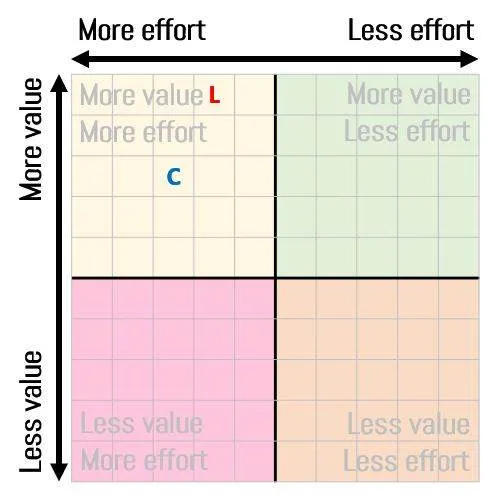
A mysterious pyramid and geodesic dome
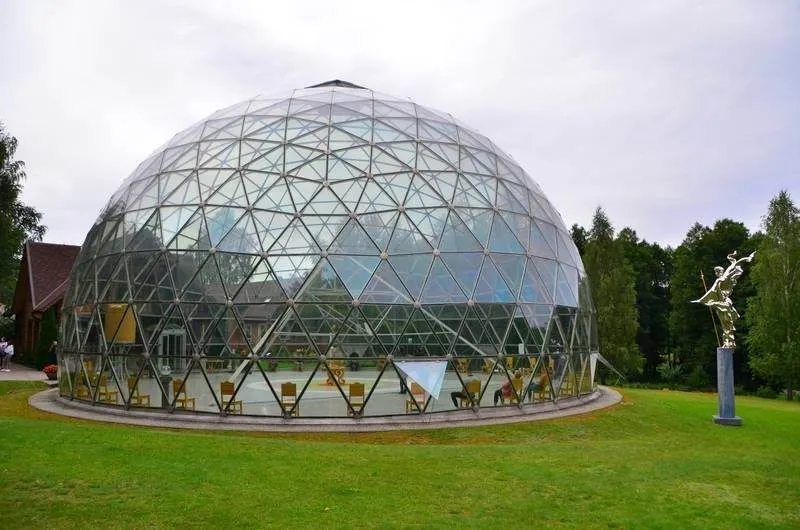
This wasn’t actually part of our road trip plan — we saw the sign for a pyramid while driving and had the chance to stop by. Founded in 2002 by Povilas Žėkas and called the Merkinės Piramidė today, this was the place where he heard a guardian angel when he was 7. Accompanied by a “ray of light coming from the sky”, he built a pyramid, which can be seen inside the dome above. News spread, and people began claiming they were healed, or that miracles had happened… The dome dates from 2009 and a second building effort.
Riiiiiight. I was genuinely surprised, though, to see precisely nothing on sale, and only small, subtle boxes asking for donations.
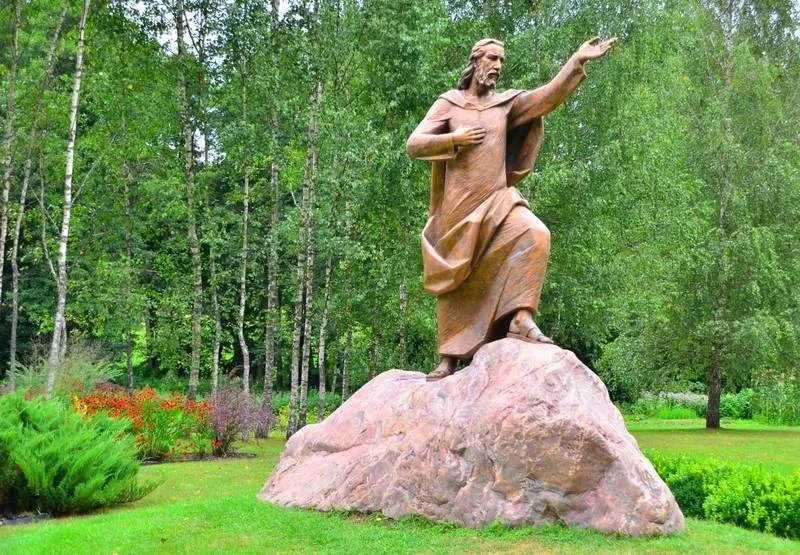
The site is fairly small, with only a handful of other modern touches around. While Jesus is pictured on a rock, I don’t find much about the ‘subtle divine energy’ on the site to be compatible with the Bible’s teachings…
Not pictured is a water fountain offering ‘holy water’ amidst soothing, angelic music. Fill up using your own bottle or use a provided one.
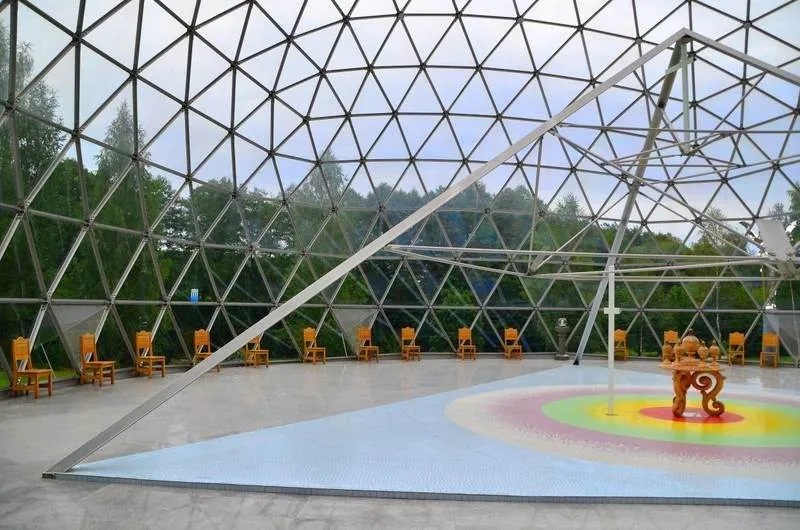
The pyramid itself. A sign in English gives directions on how to interact with the three sides of the pyramid, what to pray for or think about…
Personally, this looks like the sort of place you might enjoy if you checked the ‘Spiritual but not religious’ box on a dating profile. It is genuinely peaceful and clean (which happens, perhaps, from being in a Lithuanian forest in the middle of nowhere), but miracles? Call me a doubter.
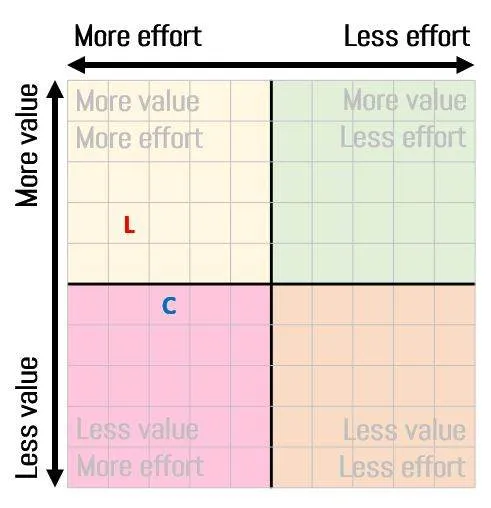
Name: Merkinės Piramidė
Address: along road 5011, about 1km off of A4 (GPS: 54.14217, 24.19835)
Hours: 9:00am-9:00pm
Admission: free (donations accepted)
Phone: +370 682 61617
Website: merkinespiramide.lt
The Devil’s own museum
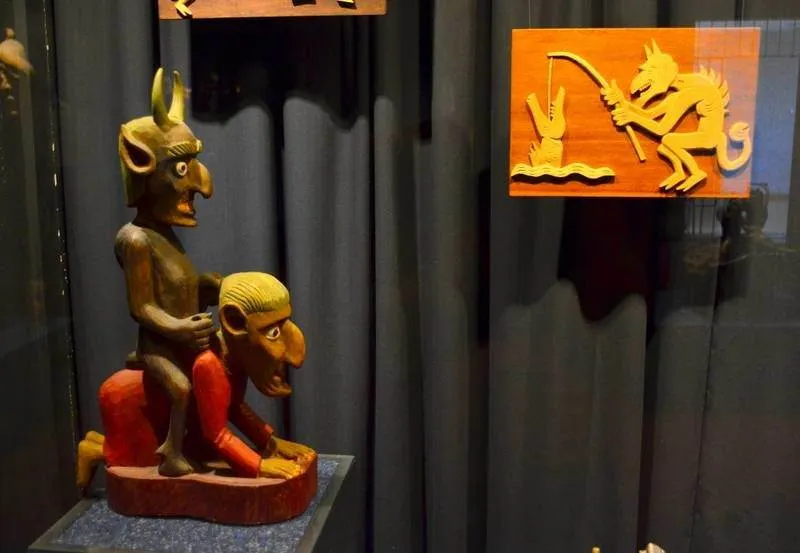
It seems appropriate to visit the Devil’s Museum on a Sunday as it opened — right around the time all the good Christians are at church. Started by Antanas Žmuidzinavičius (1876-1966), a Lithuanian painter and professor, in 1906 he received a present of a wooden devil… and then another… During the course of his life, he collected some 260 devils, and ultimately donated the collection to the state in 1961. It opened in 1966, and moved here in 1983 to accommodate the crowds coming to see the 3,000 devils inside.
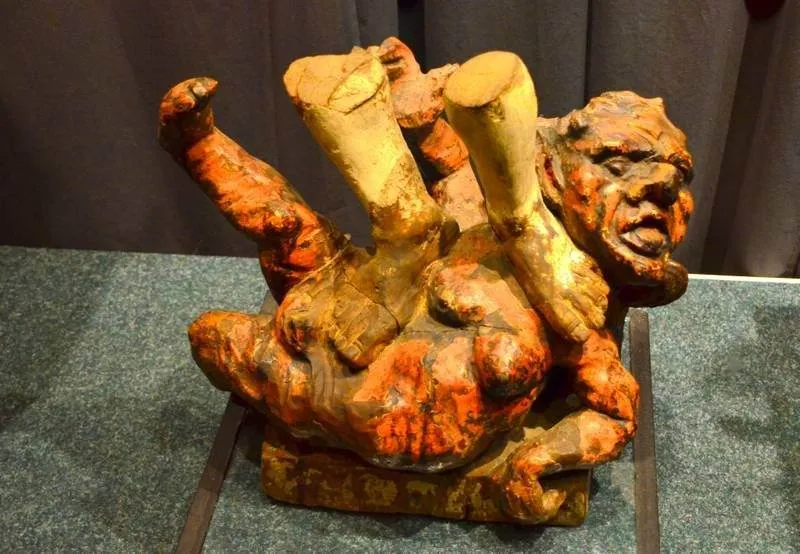
The museum predominantly focuses on the Christian devil, albeit one that’s been seen through the lens of Lithuanian Catholicism. Here, he’s pictured as a fallen angel, a rebel against God.
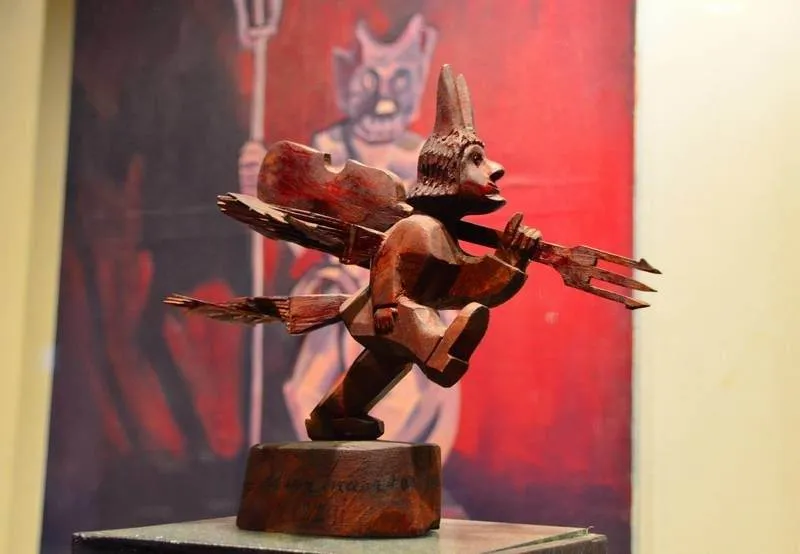
Plenty more exhibits focus on the folktales heard throughout the country, and how the devil interacted with humans according to them. There’s a decent explanation of how the exhibits are broken down by category, but not much to explain individual exhibits.
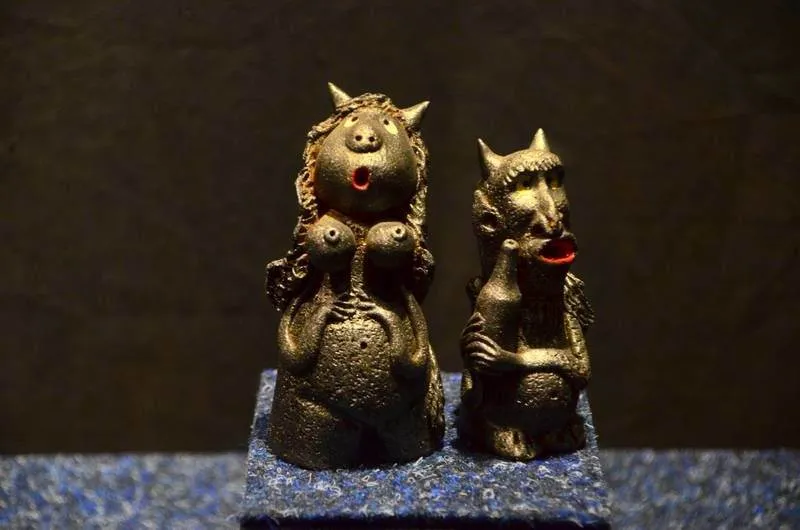
Yeah, I’ve got nothing here.
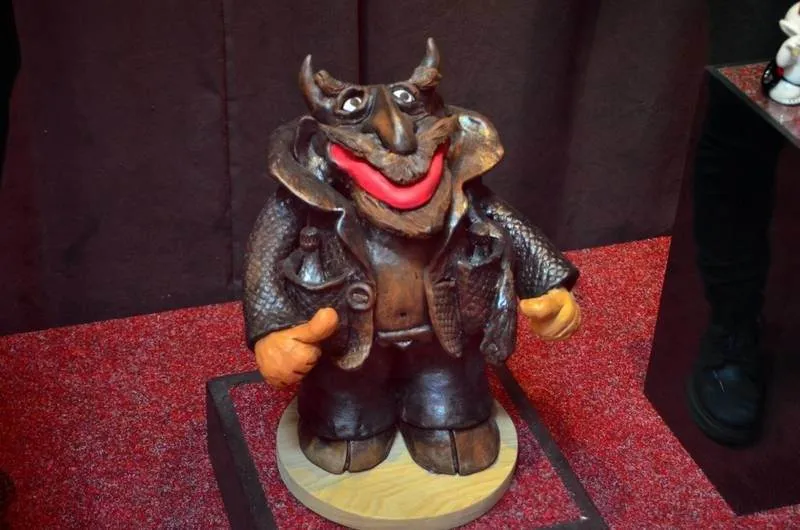
This one’s in a case with other donations on the top floor, which is dominated by how other countries perceive their own devils. There’s a lot of divergence here, and is probably the highlight of the museum. Also in the building are a couple of small collections of paintings — a pleasant palate cleanser of a sort, perhaps.
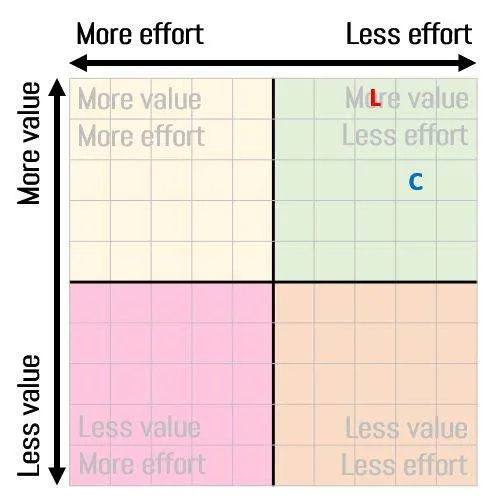
Name: Devils’ Museum (Velnių muziejus)
Address: V. Putvinskio g. 64, Kaunas 44211, Lithuania (GPS: 54.900931, 23.910605)
Hours: 11:00am-5:00pm (until 7pm on Wednesday, Thursday, and Friday) – closed Mondays
Admission: 5 €
Phone: +370 37 221587
Website: www.ciurlionis.lt
Over to you
Been to Lithuania? What other places did you discover?


